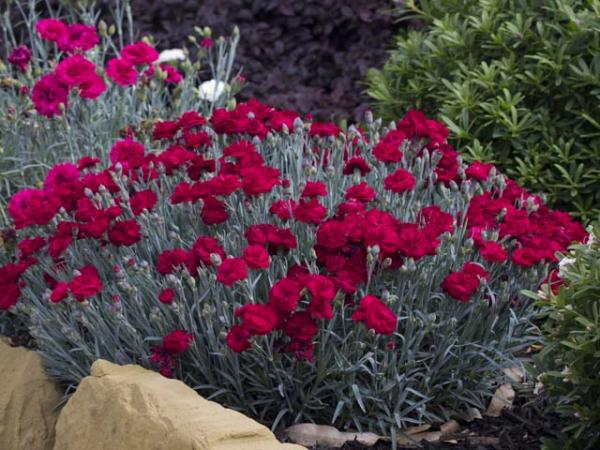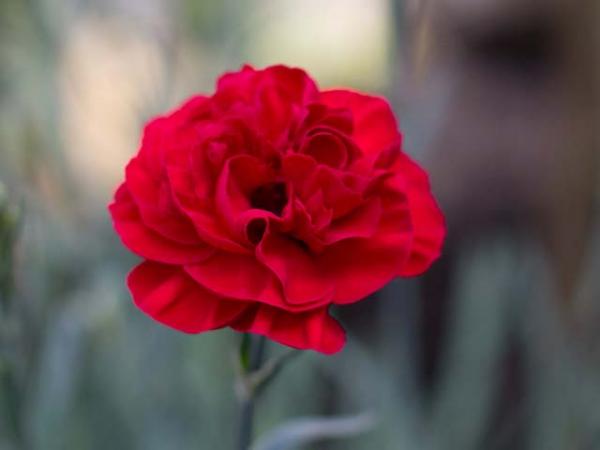Array
(
[0] => Array
(
[id] => 200
[is_published] => 1
[websiteID] => 5
[url] => /gardening/native-annuals-and-perennials.php
[page_status] => Published
[number_of_ads] => 5
[can_use_editor] => 1
[last_modified_date] => 2013-09-16 00:00:00
[last_modified_by] => Alan
[checked_for_duplicate_content] =>
[title] => Native Annuals and Perennials
[heading] => Native Annuals and Perennials
[meta_description] => Australian annual and perennial plants can be used to create excitement in your garden as they are quick growing, usually very floriferous and because they are relatively temporary they can be replaced on a regular basis to add something new each year.
[article_category_1] => Gardening
[article_category_2] =>
[article_category_3] =>
[article_category_4] =>
[article_category_5] =>
[business_category_1] => Landscaper
[business_category_2] => Nursery
[business_category_3] => Garden Designer
[business_category_4] => Landscape Architect
[business_category_5] =>
[number_of_google_mrecs] =>
[show_google_ad_bottom_of_page] =>
[show_get_quotes_top_of_page] =>
[show_get_quotes_rhs_of_page] =>
[show_directory_search_widget] =>
[show_trending_content_widget] =>
[show_facebook_widget] =>
[show_further_reading_section] => 1
[show_sponsors_section] => 0
[show_top_article_ad] => 1
)
[1] => Array
(
[id] => 454
[is_published] => 1
[websiteID] => 5
[url] => /gardening/growing-banksias.php
[page_status] => Published
[number_of_ads] => 10
[can_use_editor] => 1
[last_modified_date] => 2013-09-16 00:00:00
[last_modified_by] => Alan
[checked_for_duplicate_content] =>
[title] => Growing Banksias
[heading] => Growing Banksias
[meta_description] => Learn how to grow Banksia in your garden.
[article_category_1] => Gardening
[article_category_2] =>
[article_category_3] =>
[article_category_4] =>
[article_category_5] =>
[business_category_1] => Landscaper
[business_category_2] => Nursery
[business_category_3] => Garden Designer
[business_category_4] => Landscape Architect
[business_category_5] =>
[number_of_google_mrecs] =>
[show_google_ad_bottom_of_page] =>
[show_get_quotes_top_of_page] =>
[show_get_quotes_rhs_of_page] =>
[show_directory_search_widget] =>
[show_trending_content_widget] =>
[show_facebook_widget] =>
[show_further_reading_section] => 1
[show_sponsors_section] => 0
[show_top_article_ad] => 1
)
[2] => Array
(
[id] => 463
[is_published] => 1
[websiteID] => 5
[url] => /gardening/plant-finder/search-results.php
[page_status] => Published
[number_of_ads] => 2
[can_use_editor] => 0
[last_modified_date] =>
[last_modified_by] => Alan
[checked_for_duplicate_content] =>
[title] => Plant search results (not used)
[heading] => Plant search results (not used)
[meta_description] => (not used)
[article_category_1] => Gardening
[article_category_2] => Landscaping
[article_category_3] =>
[article_category_4] =>
[article_category_5] =>
[business_category_1] => Landscaper
[business_category_2] => Garden Maintenance
[business_category_3] =>
[business_category_4] =>
[business_category_5] =>
[number_of_google_mrecs] => 0
[show_google_ad_bottom_of_page] => 1
[show_get_quotes_top_of_page] => 0
[show_get_quotes_rhs_of_page] => 0
[show_directory_search_widget] => 0
[show_trending_content_widget] => 0
[show_facebook_widget] => 0
[show_further_reading_section] => 0
[show_sponsors_section] => 0
[show_top_article_ad] => 0
)
[3] => Array
(
[id] => 202
[is_published] => 1
[websiteID] => 5
[url] => /gardening/native-grasses-dianellas-and-lomandras.php
[page_status] => Published
[number_of_ads] => 5
[can_use_editor] => 1
[last_modified_date] => 2013-09-16 00:00:00
[last_modified_by] => Alan
[checked_for_duplicate_content] =>
[title] => Native grasses and friends
[heading] => Native grasses and friends
[meta_description] => An exciting thing is happening in the world of Australian plants. Wild species that have tantalised gardeners in the past are now being improved to create a diverse palette of new varieties that offer all kinds of advantages. In particular, the necessity for water-wise, low maintenance gardens has inspired interest in plants that can be used as ground covers that will not only suppress weeds and erosion but also look fantastic.
[article_category_1] => Gardening
[article_category_2] =>
[article_category_3] =>
[article_category_4] =>
[article_category_5] =>
[business_category_1] => Landscaper
[business_category_2] => Nursery
[business_category_3] => Garden Designer
[business_category_4] => Landscape Architect
[business_category_5] =>
[number_of_google_mrecs] =>
[show_google_ad_bottom_of_page] =>
[show_get_quotes_top_of_page] =>
[show_get_quotes_rhs_of_page] =>
[show_directory_search_widget] =>
[show_trending_content_widget] =>
[show_facebook_widget] =>
[show_further_reading_section] => 1
[show_sponsors_section] => 0
[show_top_article_ad] => 1
)
)
Helpful articles
Native Annuals and Perennials. Australian annual and perennial plants can be used to create excitement in your garden as they are quick growing, usually very floriferous and because they are relatively temporary they can be replaced on a regular basis to add something new each year.
Growing Banksias. Learn how to grow Banksia in your garden.
Plant search results (not used). (not used).
Native grasses and friends. An exciting thing is happening in the world of Australian plants. Wild species that have tantalised gardeners in the past are now being improved to create a diverse palette of new varieties that offer all kinds of advantages. In particular, the necessity for water-wise, low maintenance gardens has inspired interest in plants that can be used as ground covers that will not only suppress weeds and erosion but also look fantastic.
Plant description
Dianthus 'Rebekah' is an evergreen perennial with beautifully perfumed double crimson red flowers on compact grey green foliage. It is a hardy and low maintenance plant that will provide flowers for long periods through the warmer months. The flowers also make excellent cut flowers that last well in floral arrangements. The plant is good for small gardens, patios and courtyards, as well as for mass planting as a groundcover, and for borders. It does well in containers. It has low water requirements once established, but will appreciate deep watering in extended periods of heat. It is frost hardy.
Apply a slow release fertiliser in spring, and a small amount of dolomite . Pruning of the plant is not needed for it to remain compact. Remove spent flowers to encourage repeat blooming. Dianthus are troubled by few pests and diseases. Aphids may appear on the flowers, but are easily dealt with by a spray of soapy water or a blast from the hose to dislodge them.
Additional plant information
Flowers
Flower colour: red
Flowering season: spring summer
Scent
Dianthus Rebekah has flowers with a beautiful sweet fragrance
Plant size
Maximum height: 0.2 metres
Minimum height: not specified
Maximum width: 0.2 metres
Minimum width: not specified
Sunlight, frost & salt tolerance
This plant will tolerate full or partial sunlight.
Medium frost tolerance.
Plant is salt tolerant.
Fauna attracting?
Yes. Attracts: Butterflies, insects, bees.
Climate
This plant species will grow in the following climates: cool, temperate, subtropical.
Soil types & conditions
Loam: dry, moist, well-drained.
Clay: well-drained.
Sand: moist.
Soil pH: 6.8-7.8
Diseases
Root rot in overly wet conditions
Pests
Aphids
Miscellaneous information
Planting season: Any.
Types of fertiliser: Slow release fertiliser applied in spring.
Find a nursery
Search for another plant


